The Desert Rose, scientifically known as Adenium obesum, is a remarkable and captivating succulent plant that can thrive in harsh and dry environments. This unique plant boasts stunning flowers and a striking swollen trunk, which makes it a popular choice for ornamental purposes in gardens, landscapes, and even indoor settings. Our article will take you on a journey through the world of the Desert Rose, highlighting its distinctive features, necessary care requirements, and the fascinating appeal it brings to the barren landscapes it inhabits.
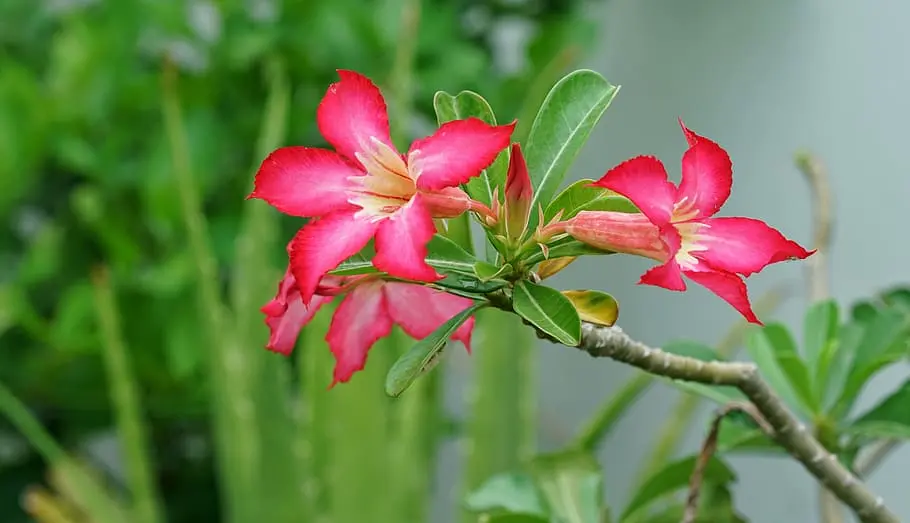


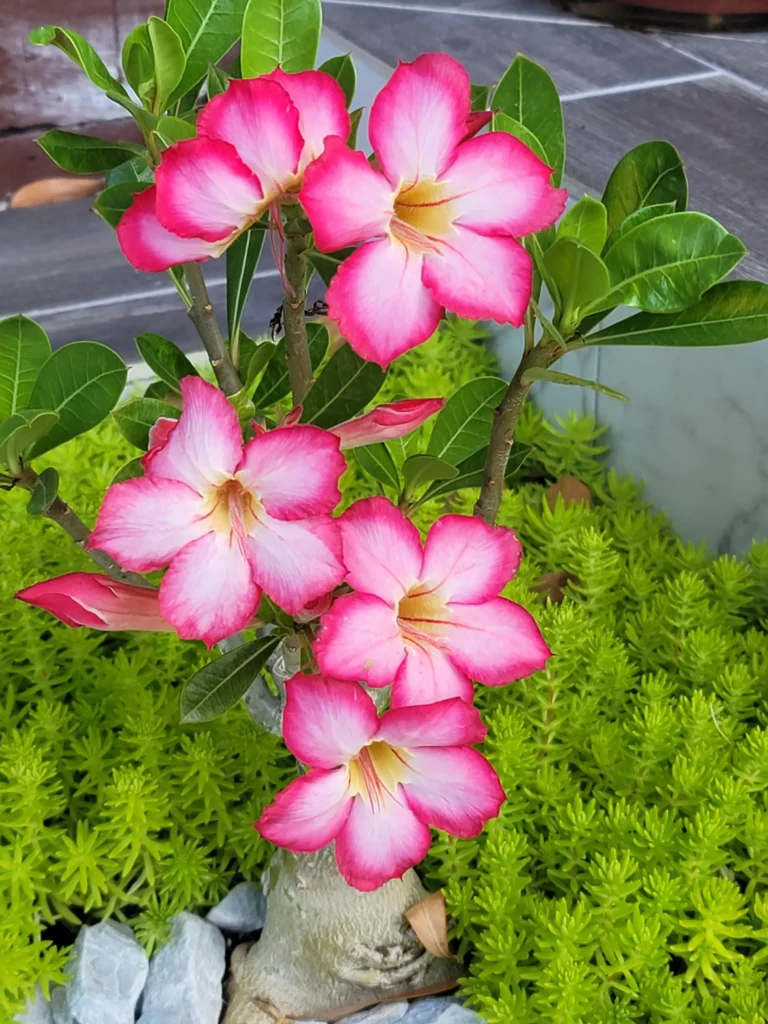
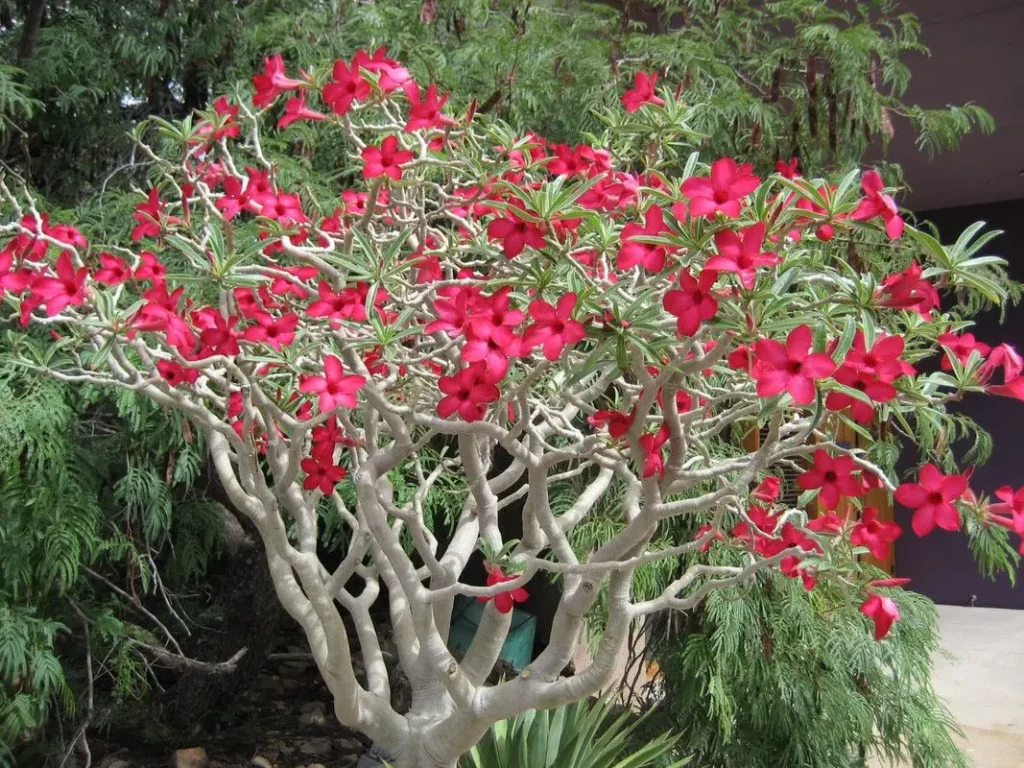
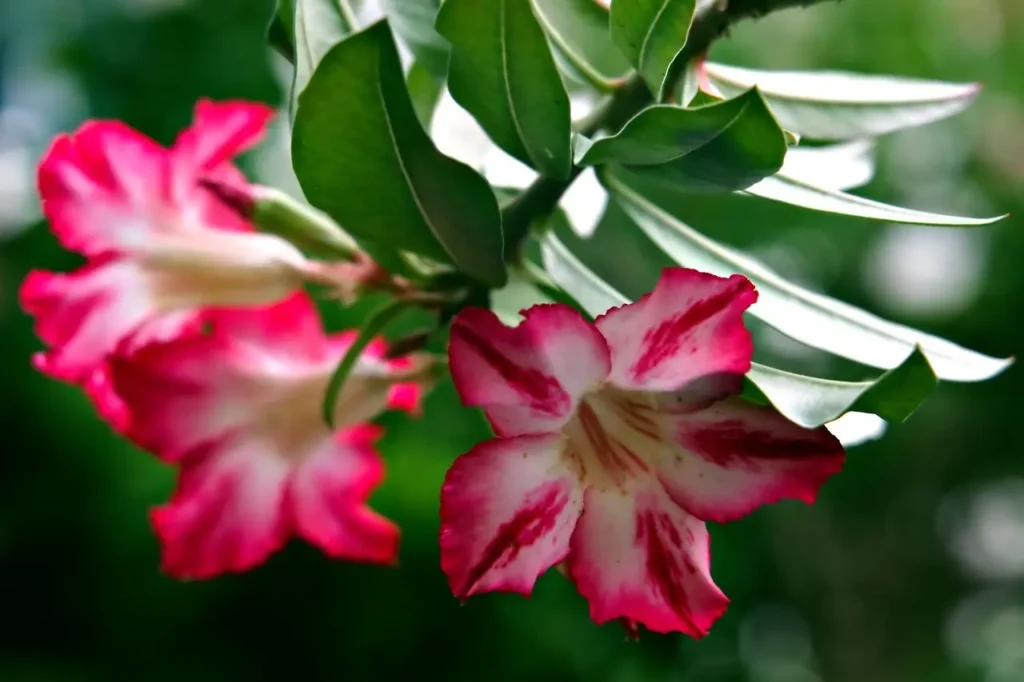

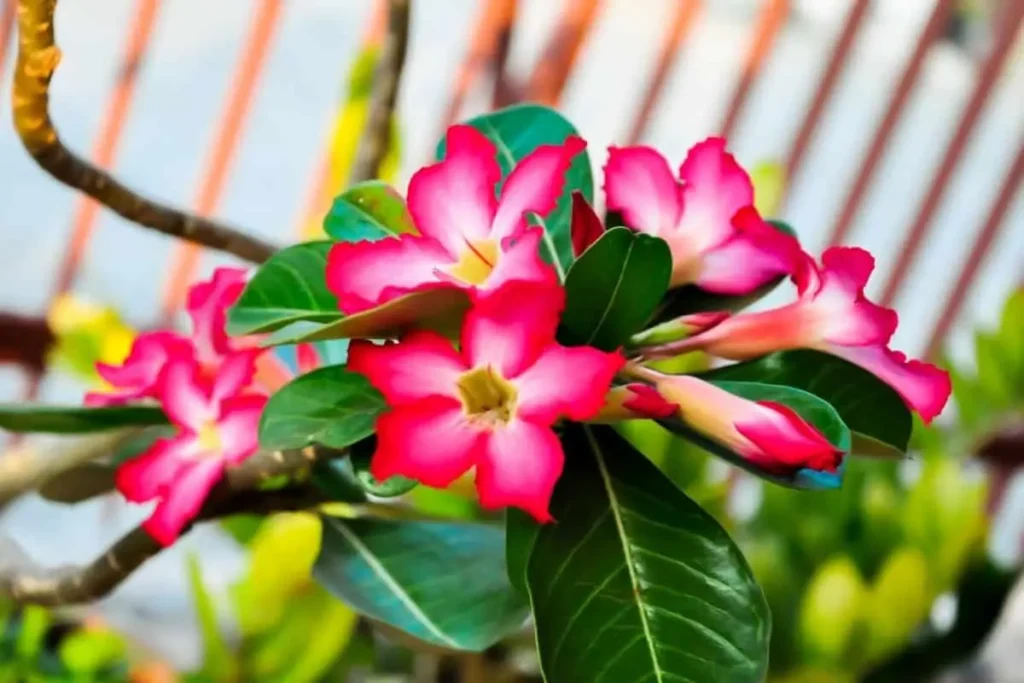

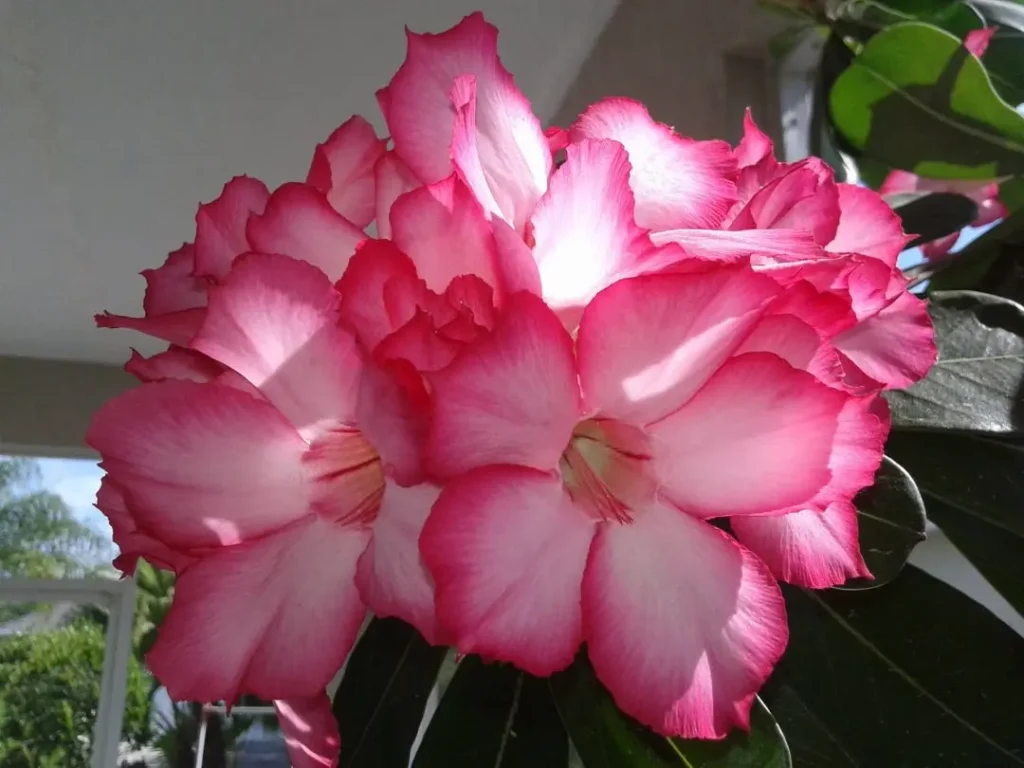

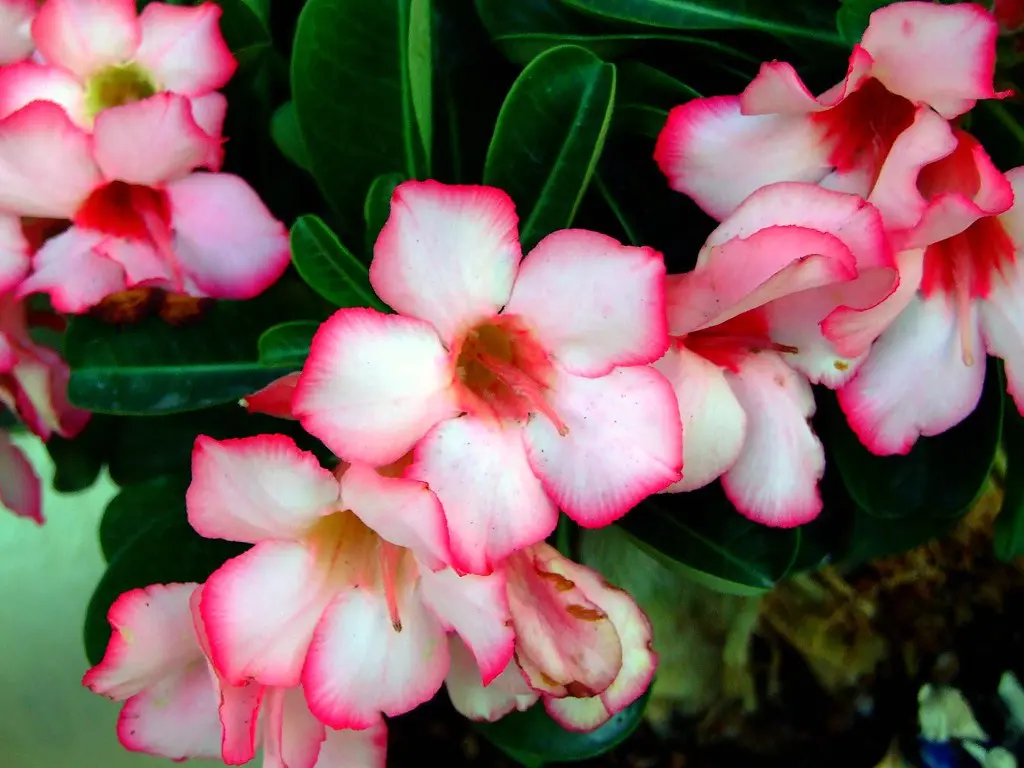
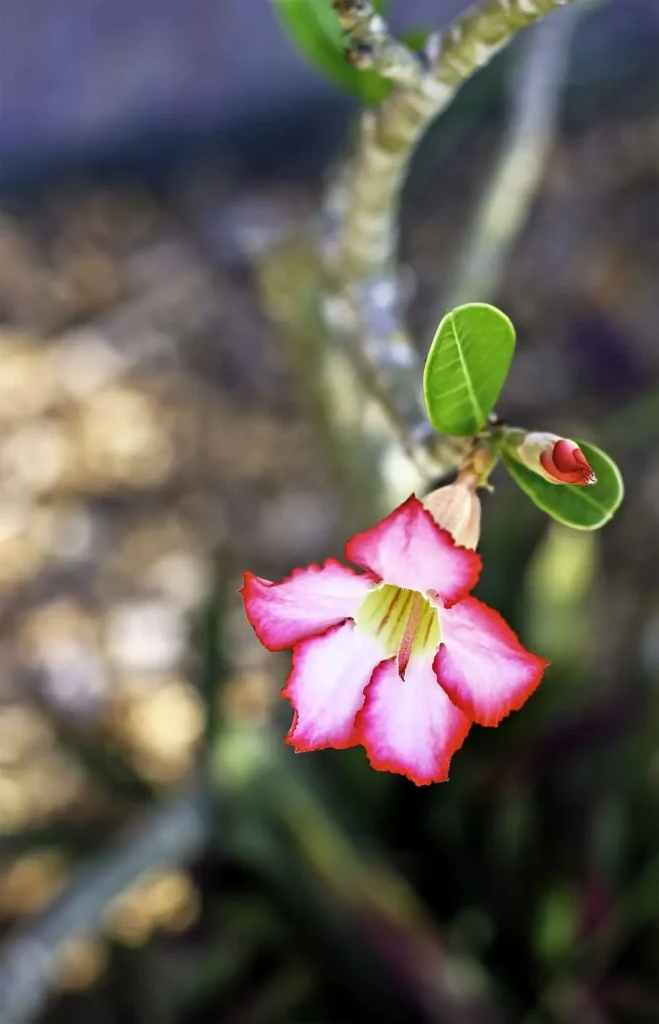

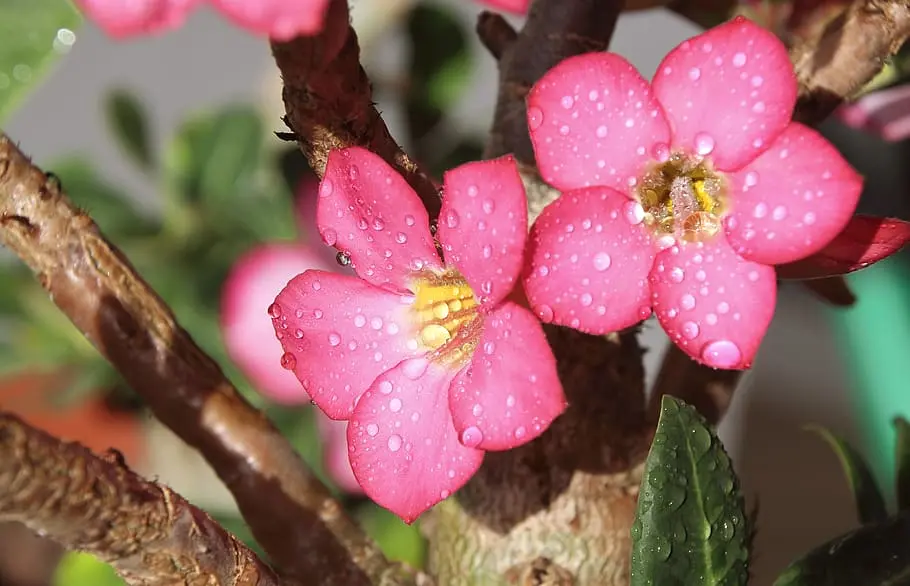
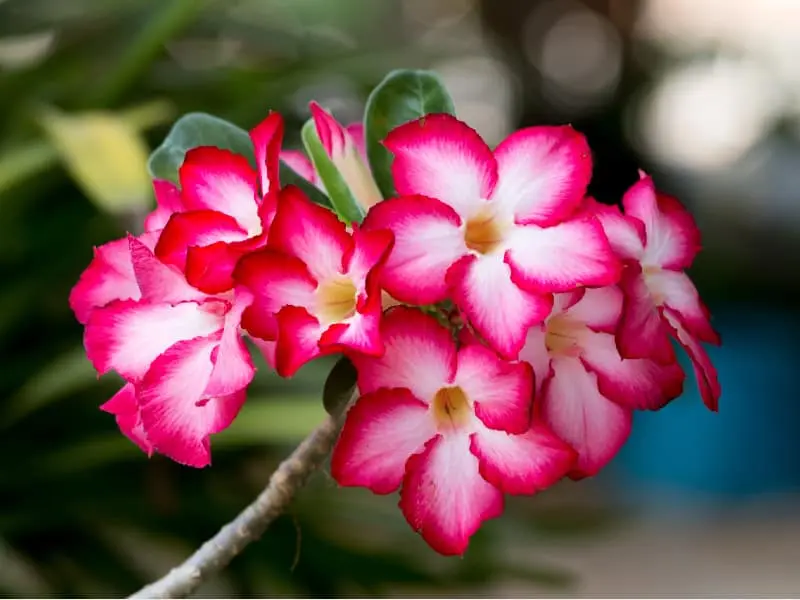
The Desert Rose, a plant native to arid regions in Africa, the Arabian Peninsula, and India, has adapted to survive in dry, hot climates. Its unique appearance is characterized by a swollen trunk that stores water during dry periods, with multiple branches emerging from the base displaying leathery, lance-shaped leaves that cluster at the ends. The Desert Rose’s flowers bloom in a range of colors, attracting pollinators such as butterflies and bees.
Culturally, the Desert Rose holds significance in various regions due to its perceived ability to bring good luck, protection against evil spirits, and prosperity. It is seen as a symbol of endurance, strength, and resilience due to its ability to thrive in challenging conditions.
To grow a successful Desert Rose, specific care and attention are required to replicate its native environment. This includes providing ample sunlight, well-draining soil containing sand, perlite, and organic matter, watering sparingly, pruning selectively, and being attentive to common pests and diseases.
Indoors, the Desert Rose can thrive if provided with the right conditions, including a well-draining potting mix and a bright location near a window with direct sunlight.
Overall, the Desert Rose’s unique adaptations and beauty make it a captivating addition to any landscape or plant collection, reminding us of nature’s remarkable resilience.
